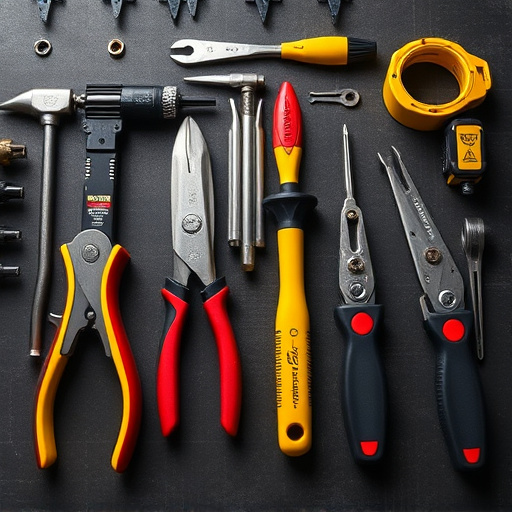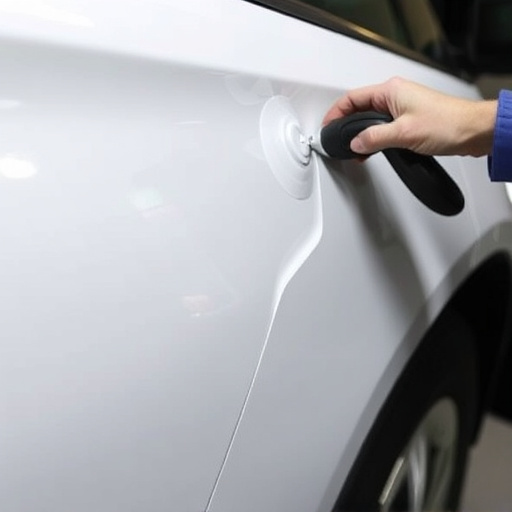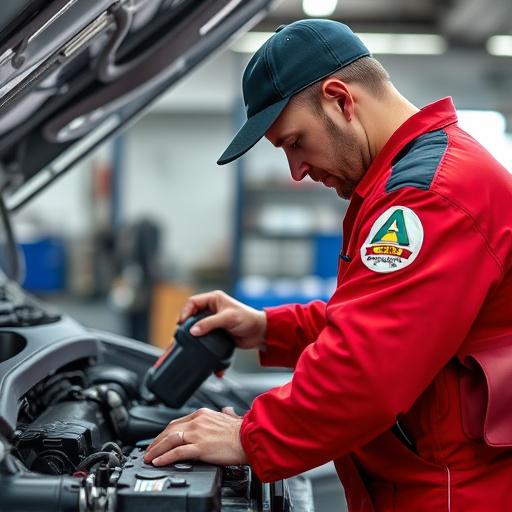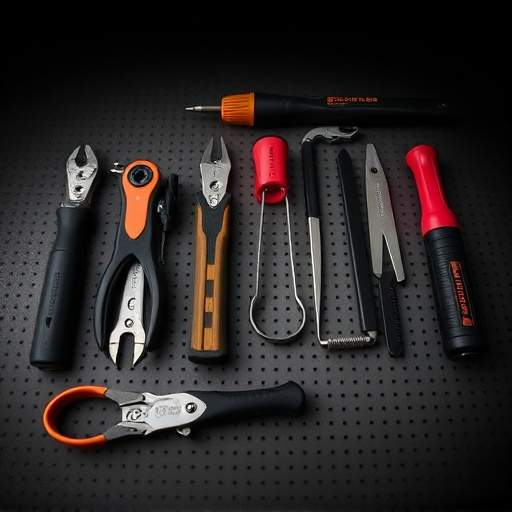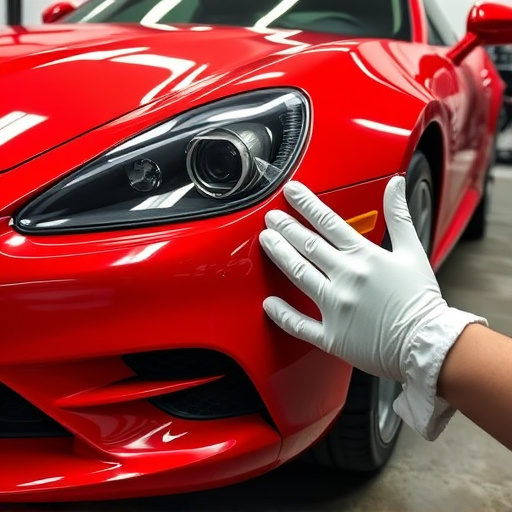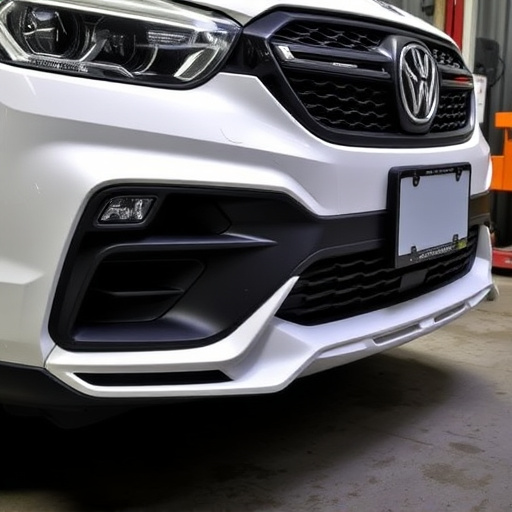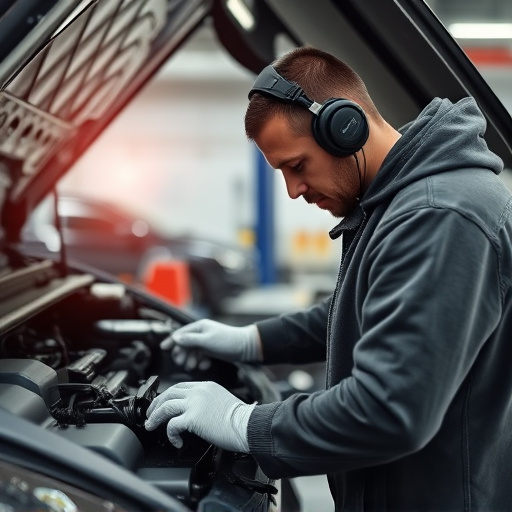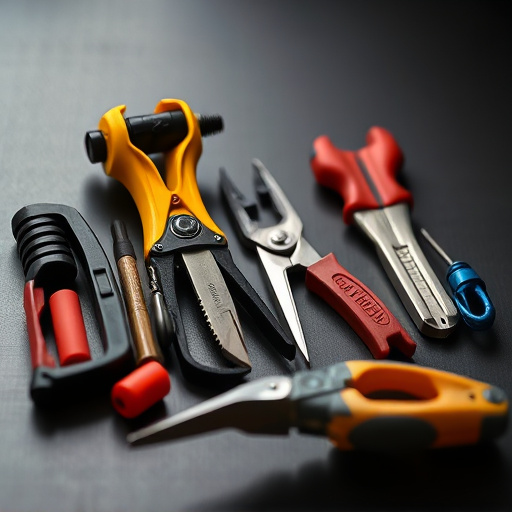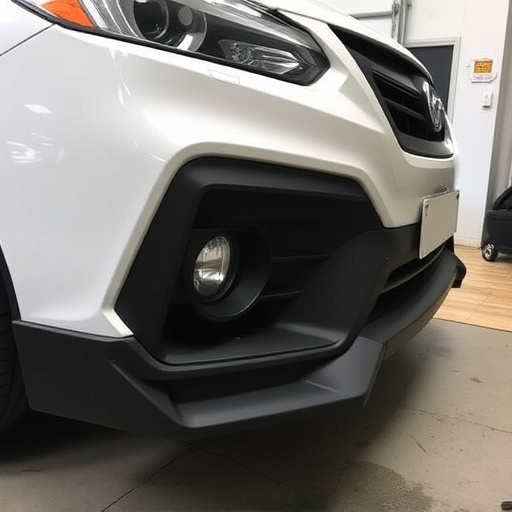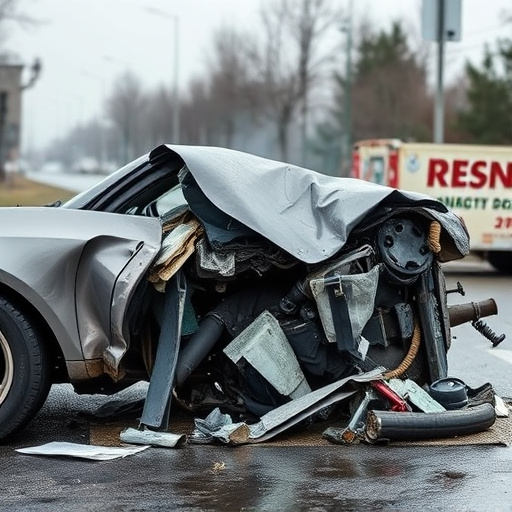The automotive industry prioritizes environmentally safe repair to minimize ecological impact through eco-friendly techniques like biodegradable materials and efficient recycling. Adopting these practices reduces waste, complies with regulations, appeals to eco-conscious customers, fosters energy efficiency, and promotes a positive brand image. Strategic waste management, staff training, and use of non-toxic chemicals significantly reduce the industry's environmental footprint, offering advantages for businesses and consumers alike despite initial costs and material limitations.
In today’s eco-conscious world, transitioning towards environmentally safe repair practices is paramount for sustainable development. This article explores the integration of these green repair methods with robust waste management plans. We delve into understanding best practices, analyzing how repairs can be harmonized with efficient waste reduction strategies, and examining the multifaceted benefits and challenges of adopting eco-friendly repair solutions. By 2030, these innovations aim to significantly minimize the environmental footprint of maintenance across industries.
- Understanding Environmentally Safe Repair Practices
- Integrating Repair with Waste Management Strategies
- Benefits and Challenges of Eco-Friendly Repairs
Understanding Environmentally Safe Repair Practices

In the pursuit of sustainable practices, environmentally safe repair has emerged as a pivotal concept within the automotive industry. This approach focuses on minimizing the ecological impact associated with vehicle maintenance and restoration. It involves adopting eco-friendly techniques during repairs, such as utilizing biodegradable materials, reducing hazardous waste generation, and implementing efficient recycling processes. By embracing these principles, auto repair near me establishments can contribute to a greener environment while catering to the needs of their clients.
The integration of environmentally safe repair practices goes beyond mere compliance with environmental regulations. Body shop services that embrace this philosophy strive to minimize resource consumption by adopting energy-efficient operations and promoting the use of recycled parts whenever possible. Moreover, these shops often implement innovative waste management strategies, ensuring that every aspect of the repair process aligns with sustainable principles. This commitment not only benefits the local ecosystem but also fosters a positive image among customers who prioritize eco-conscious choices, even when opting for body shop services or visiting an auto repair shop.
Integrating Repair with Waste Management Strategies

Integrating environmentally safe repair practices with comprehensive waste management strategies is a key step towards sustainability in the automotive industry. Collision repair services and autobody repairs, being significant components of vehicle maintenance, can significantly impact environmental health if not managed properly. By adopting eco-friendly methods, such as using recyclable materials and non-toxic chemicals for vehicle body repair, we can reduce the ecological footprint associated with traditional collision repair processes.
This integration involves strategic planning to ensure that waste generated during repairs is effectively minimized, collected, and disposed of or recycled responsibly. For instance, implementing proper recycling programs for metal scraps, plastics, and other recyclable materials from autobody repairs can prevent these resources from ending up in landfills. Moreover, training staff on sustainable practices ensures consistent adherence to environmentally safe repair methods, fostering a culture of accountability and stewardship within the industry.
Benefits and Challenges of Eco-Friendly Repairs

The shift towards environmentally safe repair practices offers numerous advantages for both businesses and consumers. By adopting eco-friendly methods, repair shops can significantly reduce their carbon footprint. This involves using sustainable materials, minimizing the use of toxic chemicals, and implementing efficient waste management strategies. For instance, in car restoration and Mercedes Benz collision repair, professionals are turning to organic, non-toxic paints and adhesives that have lower environmental impact without compromising quality. These practices not only protect local ecosystems but also ensure a healthier working environment for technicians.
Despite these benefits, there are challenges to be overcome. Eco-friendly repairs often require specialized equipment and knowledge, which can be costly to acquire and maintain. Additionally, some traditional materials and techniques used in vehicle bodywork may no longer be readily available or certified as green. Moreover, educating customers about the environmental advantages of these processes is essential for generating support and fostering a culture of sustainability. However, with proper planning and investment, environmentally safe repair integrates seamlessly into waste management plans, contributing to a greener future.
Environmentally safe repair practices are not just a trend but a necessary step towards a sustainable future. By integrating these methods with effective waste management plans, we can significantly reduce the ecological footprint of construction and maintenance activities. While there are challenges to adopt these eco-friendly repairs, the benefits—from minimizing pollution to preserving natural resources—outweigh them. It’s time for industries to embrace this approach, ensuring a healthier planet for generations to come.
